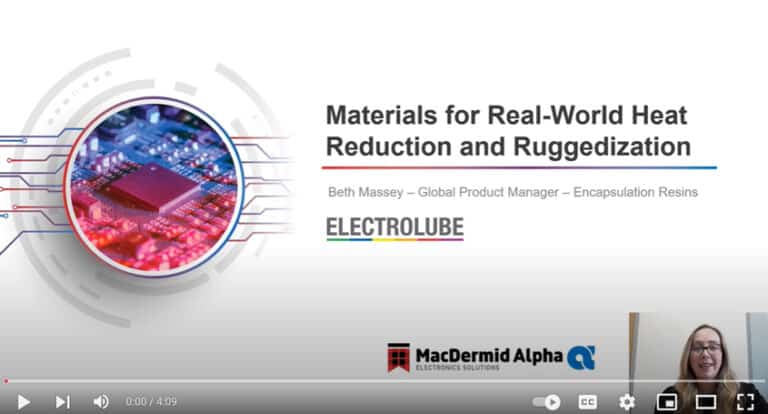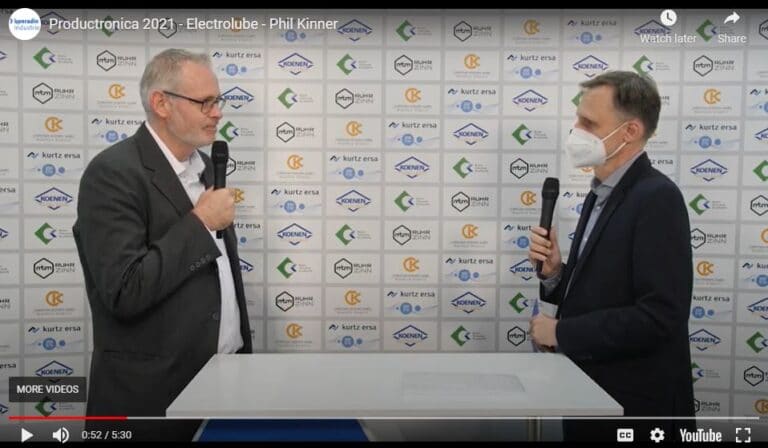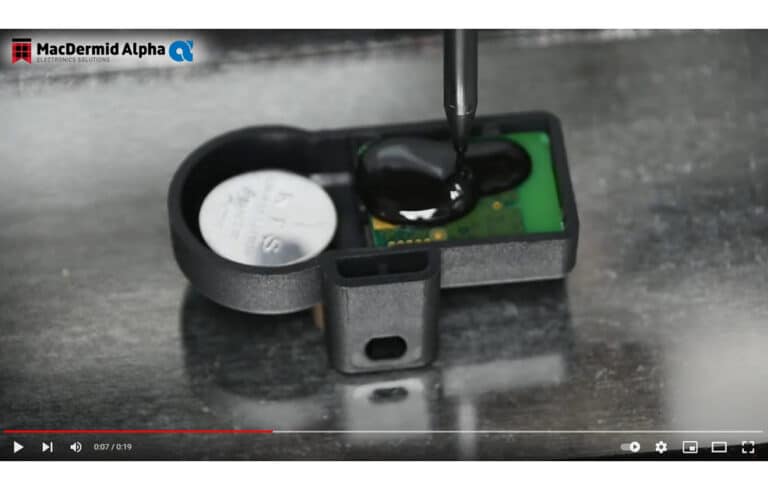For some months now, my colleague Alistair Little has been taking a close look at resins and their role in circuit protection across an array of applications. He now hands the reins over to me, Jade Bridges, and in this, the first of what I hope will be a series of informative blogs, I am going to focus on the all-important subject of thermal management. First, though, let me introduce myself.
I’ve worked for Electrolube for 14 years now, starting as a Development Chemist, then as the Research & Development Manager working with the product development team. In 2011, I moved into a more commercial role, working alongside the sales team to help with technical enquiries and product application queries. Last year, I was appointed Manager of Electrolube’s Ashby based Technical Support team, working alongside sales, marketing and the R&D teams to provide more in-depth product support for both existing and new customers.

Thermal management – the science and the products – is my speciality, so let’s start this series of columns (as Alistair did for his series on resins) with a five-point guide based on some typical questions that our Technical Support team fields every day on the phone, at exhibitions and when visiting customers’ premises.
Why use thermal management materials?
During use, some electronic components can generate significant amounts of heat. Failure to effectively dissipate this heat away from the component and the equipment in which it is installed can compromise reliability and reduce operational life. Thermal management materials are designed to prolong equipment life and reduce incidences of failure. They also maintain equipment performance parameters and reduce energy consumption by reducing operating temperatures, and minimising the risk of damage to surrounding components. Indirectly, they maintain brand reputation, as the reliability of the equipment will be very dependent upon the effectiveness of the thermal management technique used.
What choices are there with thermal management materials?
These can take the form of a thermal paste, an adhesive, a room temperature vulcanized (RTV) silicone, phase change material, a thermal gap pad, or some other thermally conductive medium, the choice of which will depend upon the application. Commonly used thermal interface materials, including pastes, RTVs and adhesives, are introduced via a thin layer of material between the component and its heatsink in order to minimise its thermal resistance.
Pastes are non-curing, allowing rework, and consist of thermally conductive fillers in a carrier fluid, the former being a blend of one or more mineral fillers depending on the desired thermal properties, and the latter a silicone or non-silicone based medium. RTVs and adhesives are used to bond the heat sink to the component while also offering an effective heat transfer medium.
Innovative new phase change materials offer a number of advantages over thermal pastes. Their low phase change temperature allows low thermal resistance over a wide temperature range, ensuring minimal bond line thickness with improved stability and pump out resistance when compared with a thermal paste.
Other methods include thermal gap filler pads, which can be silicone or non-silicone based sheet materials that can be cut to size and applied by hand. They are highly thermally conductive, but have a higher thermal resistance when compared with thermal pastes due to the thickness of the gap pad versus the very low thickness achievable with a thermal paste
For certain types and designs of heat generating circuitry, it may be more beneficial to encapsulate the device in a heatsink enclosure using a thermally conductive encapsulation compound. This provides both heat dissipation and environmental protection all in one.
Electrolube’s thermal management products are all non-electrically conductive, ensuring that there are no issues with electro-migration due to the transfer of electrically conductive particles.
Why is resistance to thermal cycling important with thermal management?
Thermal cycling (alternate heating and cooling) happens with the majority of applications that require a thermal management material. Non-curing products offer the lowest thermal resistance as they allow for a very low bond line thickness. However, they do suffer from pump-out, which occurs when differences in the coefficient of thermal expansion cause a non-curing product to move at the interface. This can lead to uneven coverage and therefore an increase in thermal resistance. Hotspots may form and at worst, the thermal interface material may be ‘pumped out’ of the interface. A thin, even coverage is needed throughout the life of the product, so the more stable the thermal interface material is to thermal cycling, the more consistent will be its heat transfer properties.
Are all thermal management materials suitable for manual or automated application?
With the possible exception of thermal gap pads, which can be difficult to place automatically, most thermal management materials can be both manually and automatically applied (though manual is more likely in the case of prototyping/small production runs). Whether manual or automatic, the aim is to achieve a thin, uniform layer. Screen printing and application with a syringe can be achieved manually or automatically, but it is important to get the dosage right and avoid the need to remove excess material.
What would be your ‘top tips’ for deciding on the best material for an individual application?
For an interface material, the bond line thickness needs to be as thin as possible to minimise thermal resistance. For a gap filling material, the dimensions of the gap need to be considered and the conditions of use evaluated to decide whether a curing or non-curing product would be best in terms of the physical stability of the material and the ability for it to stay in place.
In all cases, the operating temperature range and environmental conditions of the application need to be reviewed. If very high temperatures are expected, a silicone may be required, and if the assembly is subject to rework, then a non-bonding, non-curing product should be used. If thermal protection is localised to one component, a curing product is the better choice as it will avoid migration of the material to neighbouring components.
There’s a lot to consider when choosing a thermal management material; getting it wrong could compromise the reliability of an electronic assembly and shorten its life expectancy. It’s strongly advisable to do your calculations, consider the equipment’s operational and environmental conditions and experiment – but first and foremost, seek some expert advice as there are thermal management materials which might solve your requirements more sufficiently. I hope this first column has been useful and of course, we are always happy to help and advise. In the meantime; look out for my next column on thermal management, which will feature next month.










